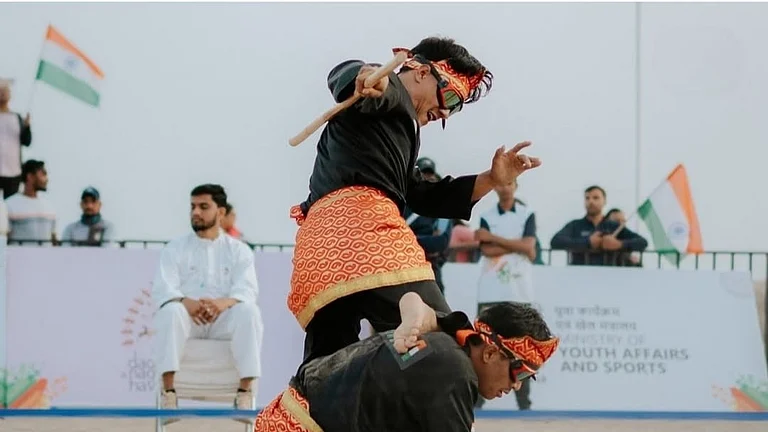The United Nations defines India as a water-stressed region with a per capita availability of water of 1,545 cubic metres. In 2015, a report by the Ministry of Water Resources, River Development and Ganga Rejuvenation stated that though India receives an average annual rainfall of 1170 mm, poor storage infrastructure allows it to store only 6% of rainwater, compared to 250% stored by developed nations.The Asian Development Bank has predicted that by 2030, India will have a water deficit of 50%.
Villages in India are facing an acute shortage of water for households and agriculture activities with farmers bearing the brunt during cropping season. The agriculture sector, which consumes 80% of India’s water resources and accounts for 90% of the groundwater withdrawals, uses water inefficiently. India’s dominant portfolio of water intensive crops coupled with low water use efficiency and unregulated groundwater are key reasons that account for agriculture water demand. The country has low irrigation efficiency of 30% and 55% for surface and groundwater respectively because of the extensive use of flood irrigation methods and inappropriate selection of crops. The other driver of unsustainable supply of water is the level of pollution increasing in water bodies due to flow of untreated sewage and effluents. These challenges have major consequences with regard to water and might worsen issues related to climate change, rising population and industrialization.
With the pandemic the demand for water is growing as hand washing and bathing frequently has become one of the major precautionary measures. Thus, we need to take charge in improving water use efficiency, repair poor infrastructural water bodies, restore local water bodies and create community owned water user associations. It is essential to encourage communities to start building Rooftop Rainwater Harvesting Structures (RRWHS) so that they don’t need to depend on community water bodies but have water stored in their own homes. These methods could avoid depletion of water resources and maintain ecological balance which can only be maintained with the support of the rural communities. Communities can adopt these water management interventions:
Promotion of traditional water management system: Prior to the option of drill machines, rural communities would contribute labour to repair and maintain water bodies like ponds and mobilise gram panchayats to take control of the water bodies. Community development organisations can provide expertise in reviving traditional water systems like village ponds, khadins, bore wells or help set up RRHWS and provide support and guidance to the communities.
Creating awareness and providing solutions: Some communities are aware about the problem with their water resources but aren’t able to share their own traditional knowledge and solution. There are many success stories where people have taken collective actions to develop and manage village water sources such as Tarun Bharat Sangh in Rajasthan, Ralegoan Sidhi in Maharashtra. Communities bodies need to be formed and replicate other success stories in their own communities.
Water use efficiency: Agriculture is the largest consumer of freshwater sources therefore support needs to be provided to farmers in adapting efficient irrigation technologies, cropping patterns, access to government schemes and market to get the right price for their produce. Industries placed in rural areas play a major role in pressurizing the water table. While organizations internally adopt best practices on water use efficiency, to avoid future disputes they should work alongside the communities. These organizations need to support farmers in harvesting water through adaptation of better technologies. This will further reduce the pressure of water from both sides and also grant license to operate for such industries.
Village institutions taking ownership: Enabling people to work towards a felt need, capturing a potential opportunity or organising people for social action is a process. Once people are motivated to see what they would gain out of it, they do not hesitate. To ensure sustainability, it is important that the community members are encouraged to mobilise resources towards the initial cost of the project and form a people’s institution. Allow them to take even the smallest decision. This helps the community to own and participate aggressively in making the project their own. At the initial phase hand holding support is required for which there are many organizations that offer capacity building. A road map and clarity of roles to be played by various stakeholders need to be defined. Once they are clear about their goals and the way forward, they are more confident in owning their own structures.
It is high time we prioritise water and work effectively to drift away from becoming a water scarce nation. It is also important to refer back to traditional knowledge which was practiced by our ancestors. The above interventions are replicable especially in rural India where the communities are looking for hand holding support and change to bring water into their communities and homes.
(Brajeshsingh Tomar is Deputy General Manager, Water, Ambuja Cement Foundation.)





















